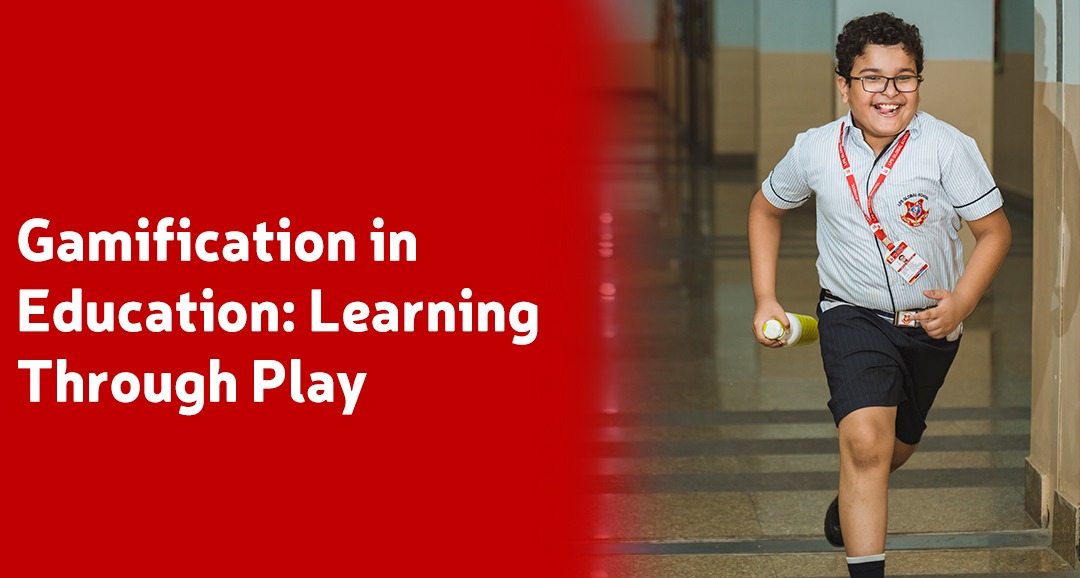
In an era characterized by rapid technological advancements and digital interactivity, traditional education systems are increasingly coming under scrutiny for their effectiveness in engaging learners. As we continue to seek innovative ways to enhance learning experiences, gamification in education has emerged as a powerful tool to foster engagement and improve learning outcomes. Gamification refers to the application of game mechanics and principles in non-gaming contexts, such as education, to motivate and engage users. In essence, it’s about transforming learning into a more playful and interactive experience.
Why Gamification?
The human brain is wired to play. According to neuroscientist Jaak Panksepp, play activates the brain’s reward system, releasing dopamine, a neurotransmitter associated with pleasure and motivation. Best schools in Noida extension This process makes play a highly engaging activity that promotes learning. Leveraging these natural tendencies through gamification can make education more appealing, enhancing both motivation and knowledge retention.
Benefits of Gamification in Education
Gamification offers a range of benefits in the educational context. Firstly, it can dramatically increase student engagement. Games are naturally engaging, and when incorporated into learning, they can boost students’ motivation and participation.
Secondly, gamification enhances learning retention. Studies have shown that the interactive and immersive nature of games leads to better memory recall. The repetitive nature of many game mechanics can reinforce learning, aiding the transfer of knowledge from short-term to long-term memory.
Thirdly, games provide a safe space to fail and learn. In traditional learning environments, mistakes can often lead to penalties, which may deter risk-taking and exploration. In contrast, games typically encourage trial and error, allowing learners to learn from their mistakes in a low-stakes environment.
Lastly, gamified learning can help develop critical skills, such as problem-solving, collaboration, and strategic thinking. Many games require players to overcome challenges, make strategic decisions, or collaborate with others, which can transfer to real-world situations.
Implementing Gamification in Education
Gamifying education is not about turning the classroom into a playground. Rather, it’s about integrating elements of games that foster engagement and learning. This can be achieved through various methods.
- Points and Rewards: Points serve as a quantifiable measure of progress and success. They can be given for completing assignments, answering questions correctly, or participating in class activities. These points can then be exchanged for rewards, providing a tangible incentive for
- Badges and Levels: Badges can be awarded for reaching certain milestones, mastering skills, or demonstrating certain Similarly, levels can be used to represent a learner’s progression through a course or subject matter.
- Leaderboards: Leaderboards rank learners based on their performance, creating a sense of This can be a powerful motivator for some learners.
- Storytelling: Incorporating narratives into learning can make it more A well-crafted story can provide context for learning, making it more meaningful and memorable.
- Educational Games and Apps: There is a plethora of games and apps specifically designed for educational purposes, covering a wide range of subjects and age
Conclusion
The benefits of gamification in education are extensive, from increasing student engagement to enhancing learning retention and fostering essential skills. However, like any educational approach, it should be tailored to individual learner needs and context. A one-size-fits-all approach is unlikely to yield optimal results.
While gamification does not replace traditional teaching methods, it offers an effective supplement that can enrich the learning experience. Top schools in Noida As we continue to navigate the changing educational landscape, the adoption of such innovative approaches will be key to creating learning environments that are not only effective but also enjoyable. After all, as Plutarch once said, “The mind is not a vessel to be filled, but a fire to be kindled.”



